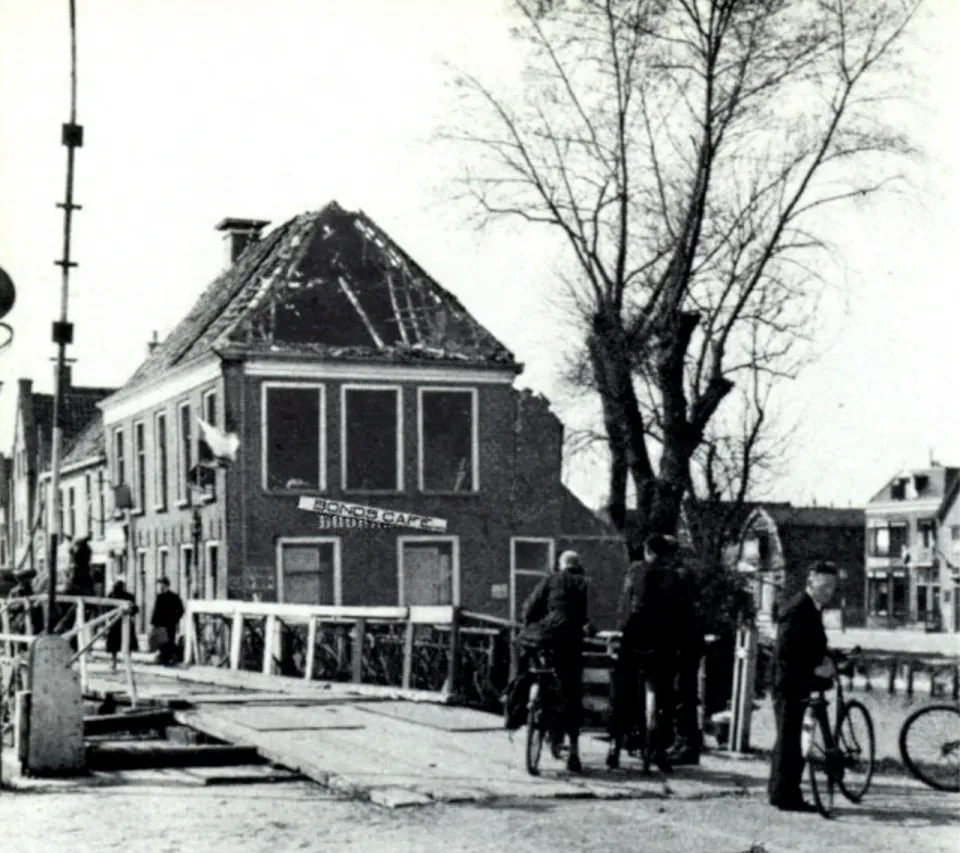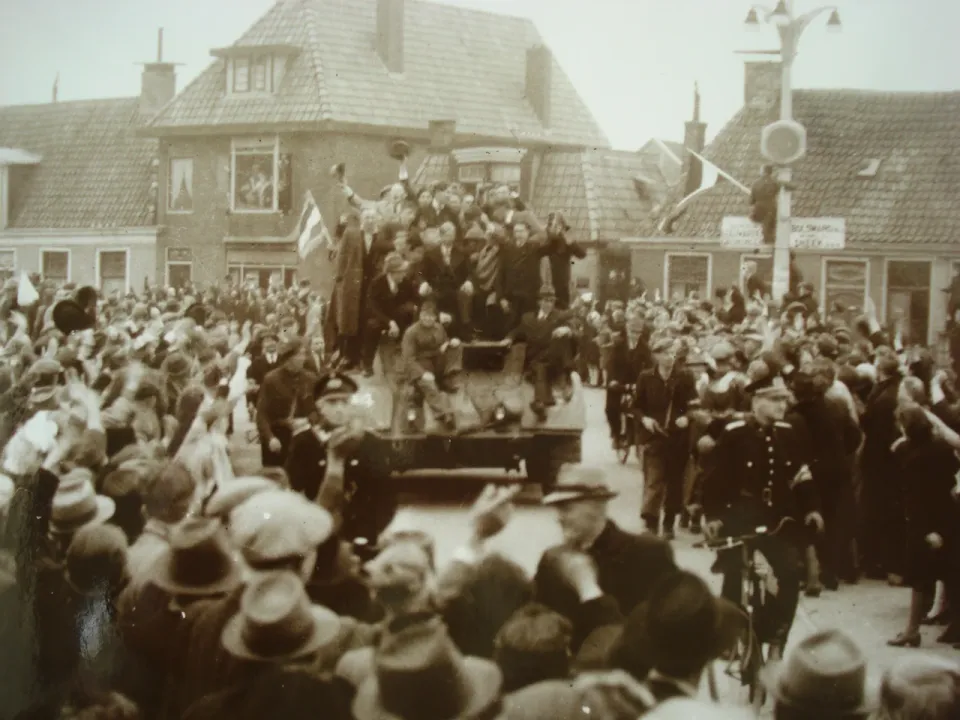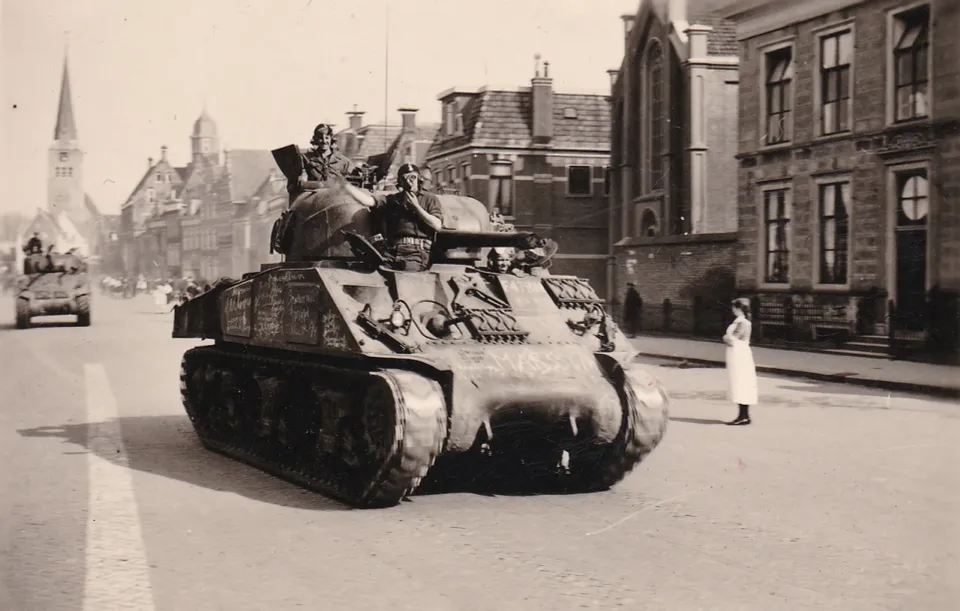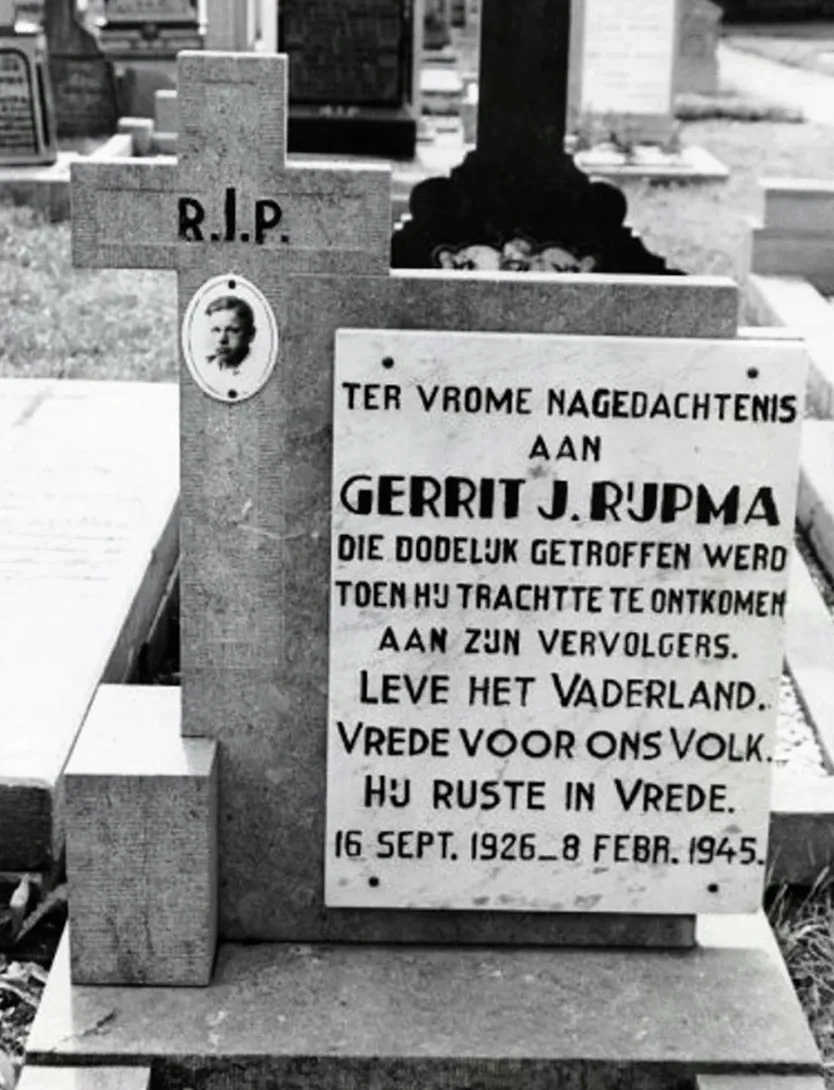Locations
2689 to 2712 of 5438 results
-
Zwembad It Gryn
Zwembad It Gryn Stiens
Stiens
from your location
-
de Fluessen
de Fluessen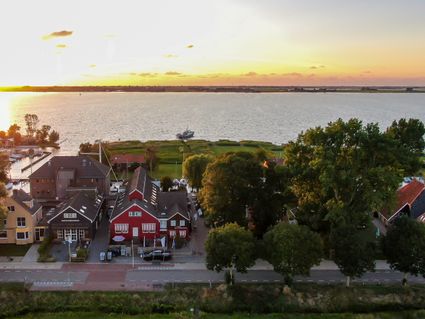 Elahuizen
Elahuizen
Direct boekbaar
from your location
-
Snoozz Hotels - Torenkamer met pantry
Snoozz Hotels - Torenkamer met pantry Bolsward
Bolsward
Direct boekbaar
from your location
-
Traditional Sailing Charter
Traditional Sailing Charter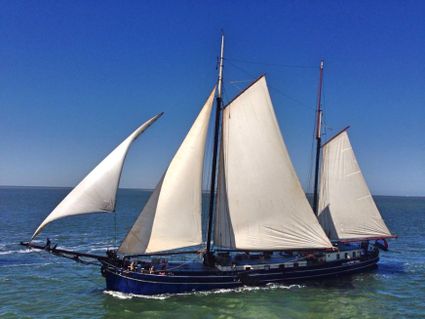 Harlingen
Harlingen
from your location
-
Oosterkerk | Kollum
Oosterkerk | Kollum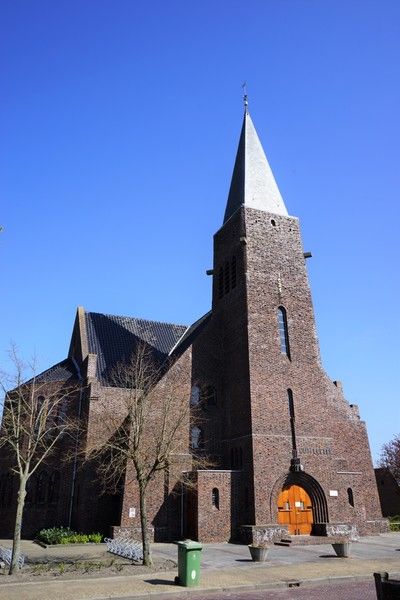 Kollum
Kollum
from your location
-
Dijktempel (dike temple) at Marrum
Dijktempel (dike temple) at Marrum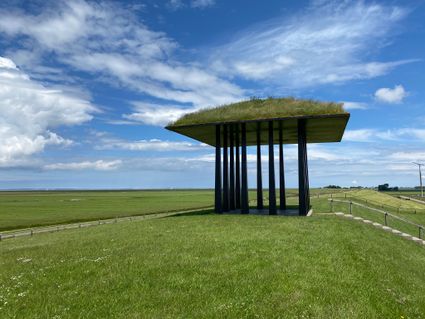 Marrum
Marrum
from your location
-
Douwe en Hans Anema
Douwe en Hans Anema Nes
Nes
from your location
-
Podium Vlieland
Podium Vlieland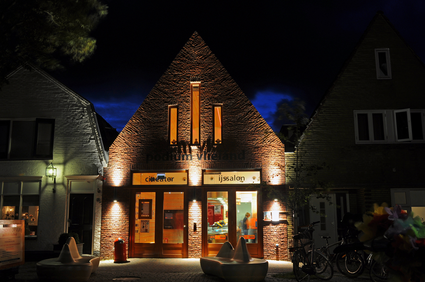 Vlieland
Vlieland
from your location
-
Zijda Yachting - Fiomar
Zijda Yachting - Fiomar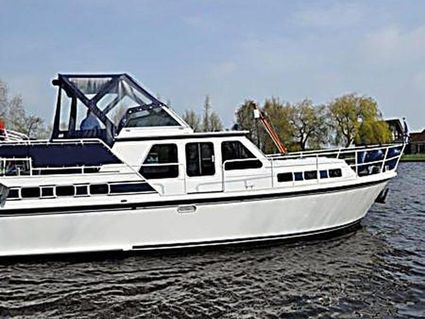 Jirnsum
Jirnsum
Direct boekbaar
from your location
-
Akkrum-Nes, altijd in beweging
-
Accept cookies to see this content.
Akkrum-Nes, altijd in beweging
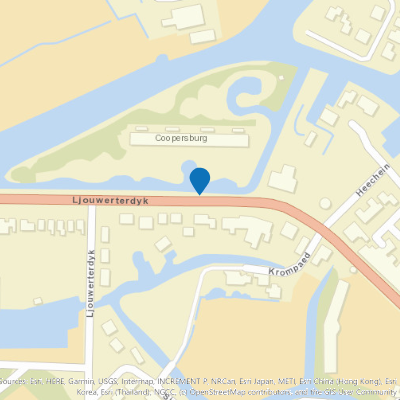 Akkrum
Akkrum
from your location
-
-
VakantiehuisFriesland
VakantiehuisFriesland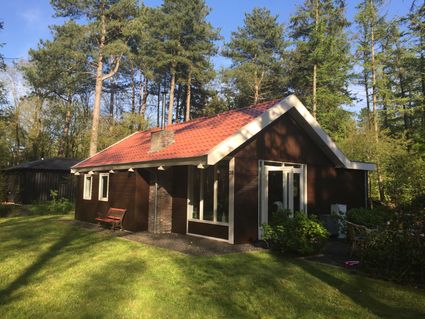 Oudemirdum
Oudemirdum
from your location
-
Ottenhome Heeg - Groepsaccommodatie
Ottenhome Heeg - Groepsaccommodatie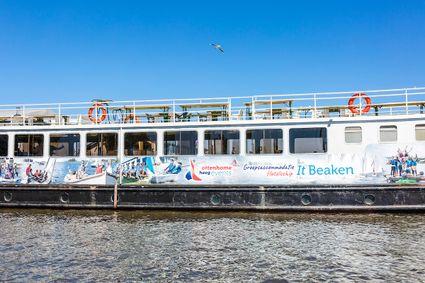 Heeg
Heeg
from your location
-
Franeker bevrijd
Franeker bevrijd
Op 15 april 1945 wordt Franeker bevrijd. ‘s Middags bereikt een verkenningseenheid van de Royal Canadian Dragoons, komend vanuit Leeuwarden, als eerste de stad. Diezelfde dag trekken de overgebleven Duitse militairen zich terug richting Harlingen. Om hun aftocht te dekken blazen ze de brug aan het Leeuwarderend op.
In de vroege ochtend van zondag 15 april heerst in Franeker een gespannen stilte. Volgens de geruchten zouden de Canadezen Leeuwarden al in handen hebben en nu onderweg zijn naar Franeker. Reikhalzend wordt naar de komst van de Tommies uitgekeken. Maar er zijn nog Duitse soldaten in de stad. Dan wordt de stilte verscheurd door drie geweerschoten die waarschuwen voor een enorme ontploffing.
Om hun aftocht in de richting van Harlingen te dekken, blazen de bezetters de brug aan het Leeuwarderend, die meestal Saakstra’s brug wordt genoemd, op. Saakstra’s brug is een essentieel punt in de enige doorgaande route van Leeuwarden naar de havenstad. Het taaie stalen bouwwerk geeft zich echter niet zomaar gewonnen. Tot vijf maal toe moet er een springlading tot ontploffing worden gebracht, alvorens de Duitsers het genoeg vinden en haastig vertrekken. De omliggende panden lopen veel schade op. Vooral het Bondshotel, tegenwoordig de Stadsherberg, moet het ontgelden.
Onmiddellijk beginnen de inwoners van Franeker aan een provisorisch herstel. Bij het station liggen spoorstaven, die door een grote groep mannen op de schouder naar de brug worden gedragen en van kant naar kant worden gelegd. Bielzen komen daar overheen te liggen. Als het werk bijna klaar is, staat de eerste Canadese verkenningswagen al te wachten. In de middag rijdt een grote colonne Canadees oorlogsmaterieel, waaronder tanks, over de straatweg vanaf Leeuwarden naar Franeker.
Van heinde en ver is de plaatselijke bevolking naar de straatweg gegaan om het spektakel te bekijken. Aangekomen in Franeker volgt een ware zegetocht door de stad. ’s Avonds trekt het zware materieel zich weer terug richting Leeuwarden, maar de volgende dag, maandag 16 april, rijdt de colonne opnieuw door Franeker om op te rukken naar Harlingen.
De Canadezen vestigen een hoofdkwartier in het monumentale stadhuis. Ze blijven er nog tot het eind van 1945, alvorens terug te keren naar huis.
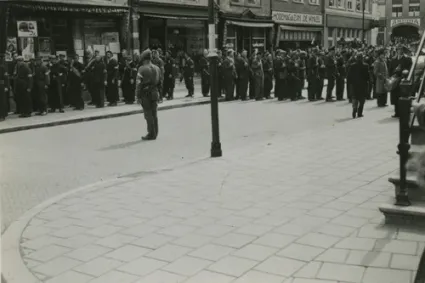 Franeker
Franeker
from your location
-
-
Marboei MB95
Marboei MB95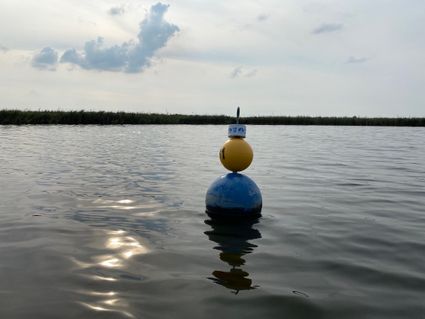 Lauwersmar
Lauwersmar
from your location
-
Poem 'Graf te Blauwhuis'
Poem 'Graf te Blauwhuis'
The small village of Abbega and the neighbouring hamlet of Abbegaasterketting hid dozens of people in hiding during the war. In February 1945, a raid shocked the small community. Resistance fighter Gerrit Rijpma, 18, was fatally hit in the process. The famous Dutch writer Gerard Reve, who lived next door to a sister of Gerrit Rijpma in nearby Greonterp from 1953 to 1971, was deeply moved by the story of his neighbour's youngest brother. As a tribute to Gerrit, he wrote the poem 'Graf te Blauwhuis'.
According to witnesses, as many people in hiding lived in Abbega and the neighbouring hamlet of Abbegaasterketting as civilians.
Among them were Jewish people in hiding, people who had participated in railway strikes, deserters and young men from the surrounding area who wanted to avoid forced labour. Weapons for the resistance were also hidden there.
Abbegaasterketting was located next to the Bolswardervaart canal, and the absence of paved roads made access difficult. In addition, the inhabitants had implemented an ingenious alarm system: by means of an electric bell, people warned each other when something was wrong, and two people in hiding were on guard every night.
On 8 February 1945, at around half past eleven in the morning, the alarm bell sounded in the Rijpma family home. At that time, the brothers Yp and Gerrit were working in the barn.
When they went outside, they saw a lot of people running away in panic. This is why the brothers decided to sail down the Bolswardervaart, which divides the hamlet in two pieces, in a rowing boat. They hoped that they could get themselves to safety a little bit further on in a bend of the canal, behind the net. On their way there, they picked up their neighbour Minze van der Veen and a person in hiding, who were standing on the other side of the canal. Meanwhile, the German soldiers, aided by members of the Landwacht, a Dutch semi-military organisation, had set off in pursuit and opened fire on the fleeing people. Minze van der Veen was hit in his right elbow. Gerrit was hit three times: one bullet went straight through his body, another lodged in his back, and the third bullet went through his cheeks and teeth. Because the occupiers refused to help, Yp had to carry his dying brother to the boat and take him to a farmhouse nearby all by himself. The help from a woman living in the neighbourhood, who was a nurse, came too late. In great haste, curate Stolwijk of Blauwhuis was sent for, who administered the last rites to Gerrit. He died shortly afterwards. He was buried in the Catholic Cemetery in Blauwhuis.
The famous Dutch writer Gerard Reve, who lived in nearby Greonterp next to a sister of Gerrit Rijpma from 1953 to 1971, was deeply touched by the story of his neighbour's youngest brother. As a homage to Gerrit, he wrote the poem 'Grave in Blauwhuis':
GRAVE IN BLAUWHUIS (for neighbour H., in G.) He ran away, but did not escape, and was hit, and died, eighteen years old. A militant inscription cries out loud, but a sad and silent face looks out from the brown enamelled portrait. Still a child. Goodbye dear boy. You, who are King, of this and that, of whatever, yes, You, answer me, You know why, I don't. That Kingdom of Yours, remember, will it ever be?
In 1983, the mortal remains of Gerrit were transferred from the cemetery of Blauwhuis to Loenen National War Cemetery.
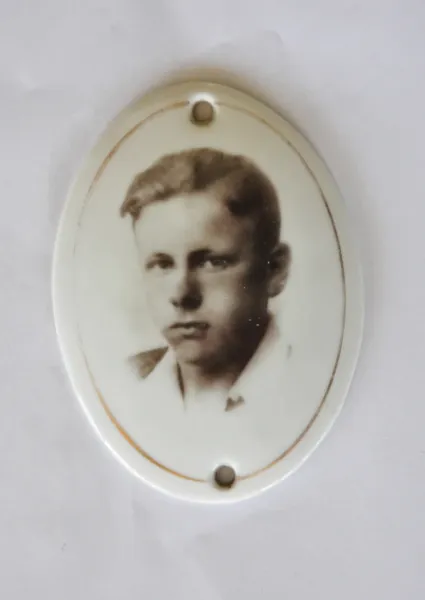 Greonterp
Greonterp
from your location
-
-
Tinyhouse in het centrum van Drachten
Tinyhouse in het centrum van Drachten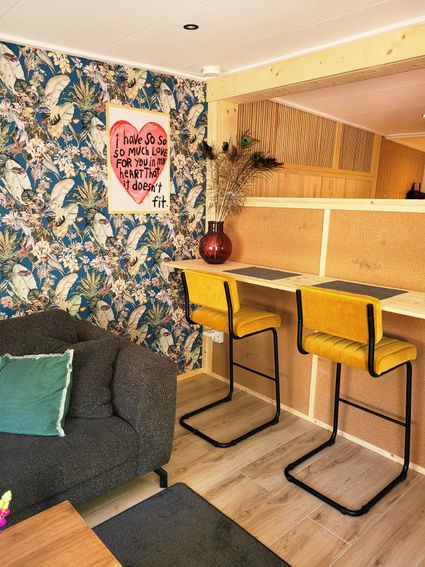 Drachten
Drachten
from your location
-
Beach Resorts Makkum - Appartement Zuiderzee State
Beach Resorts Makkum - Appartement Zuiderzee State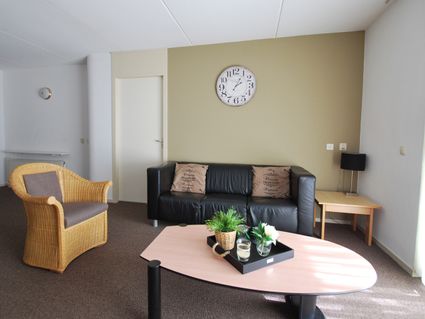 Makkum
Makkum
Direct boekbaar
from your location
-
Noorderhaven 18
Noorderhaven 18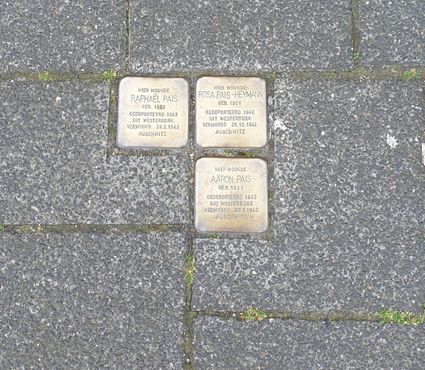 Harlingen
Harlingen
from your location
-
The liberation of Friesland
The liberation of Friesland
By 18 April, the whole province of Friesland had been liberated, except for the Wadden Islands. Compared to other provinces, there was little fighting in Friesland. Overall, the few thousand German troops who had been unable to escape from Friesland were defeated by the Canadians relatively quickly.
The commander of the Royal Canadian Dragoons, Lieutenant Colonel Landell, praised the actions of the resistance by stating that "Friesland liberated herself". While that may be a bit of an exaggeration, the actions of the Frisian resistance undoubtedly accelerated the liberation. And reduced the number of casualties on the Allied side.
At least 31 resistance fighters lost their lives in confrontations with German troops and their Dutch accomplices. At least eleven Canadians and one Frenchman were killed on the Allied side. Dozens of civilian victims were also killed in the fighting and shelling. The number of casualties on the German side is not known, but it is believed that the number ran into hundreds. With 320 destroyed and 4000 damaged homes and 80 destroyed bridges, Friesland was materially the least damaged province of the Netherlands.
Many German soldiers fled towards the western part of the country. The retreating German troops gathered mostly in Harlingen, Makkum and Lemmer. From there, they tried to get away by boat across the IJsselmeer or via the Afsluitdijk to North Holland. The Wadden Islands also became a refuge for collaborators and German soldiers. Here, liberation was longer in coming.
On the island of Terschelling, the last German troops were disarmed by a British artillery regiment on 29 May. Two days later, the British crossed from Terschelling to Vlieland, and the liberation of that island was also a fact. Ameland was liberated on 3 June.
Personnel from the infamous Scholtenhuis, the SD headquarters in Groningen, had entrenched themselves on Schiermonnikoog. After their departure on 31 May, there was a celebration on the island, in spite of the six hundred members of the occupying troops who still were there. Only on 11 June did the last German soldiers leave Schiermonnikoog, and then the whole province of Friesland was free.
Most Canadian units that had liberated Friesland continued the battle in Groningen and North Germany after 18 April. Their war ended on 8 May 1945, when the surrender of all German armed forces became effective.
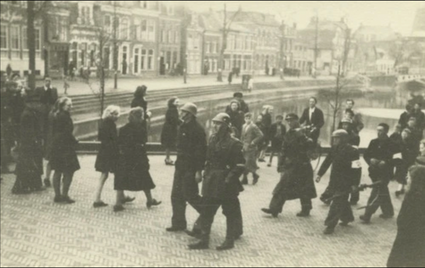 Eanjum
Eanjum
from your location
-
-
Veerpont Goingarijp Jachthaven
Veerpont Goingarijp Jachthaven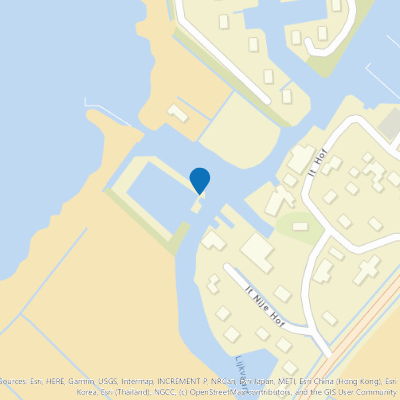 Goingarijp
Goingarijp
from your location
-
Sint-Petruskerk Twijzel
Sint-Petruskerk Twijzel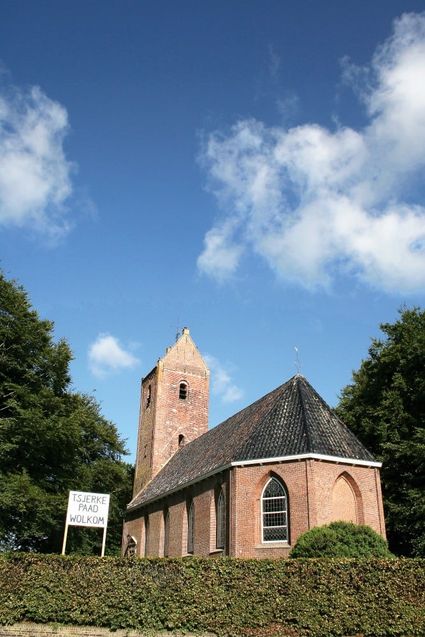 Twijzel
Twijzel
from your location
-
Stadhuis Franeker
Stadhuis Franeker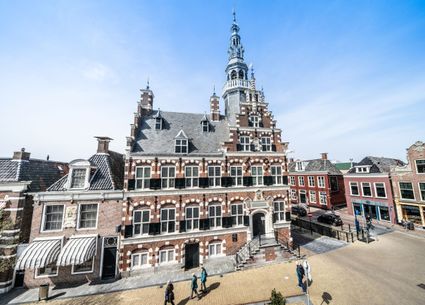 Franeker
Franeker
from your location
-
Yn't Paradyske
Yn't Paradyske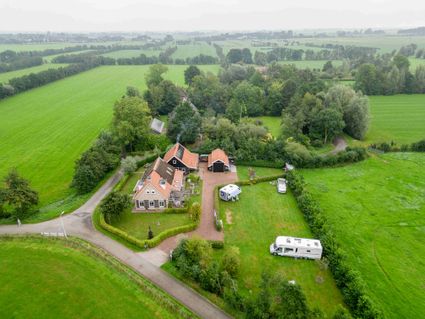 Kollum
Kollum
from your location
-
De Mieden - Kijkheuvel met Vogelkijkscherm
De Mieden - Kijkheuvel met Vogelkijkscherm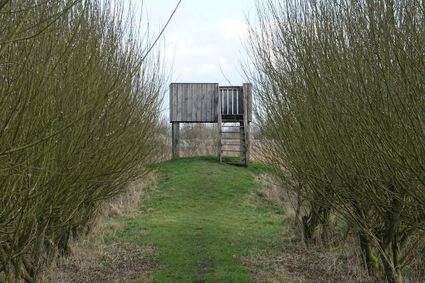 Kootstertille
Kootstertille
from your location

